Is the amount of sugar in processed food causing the increased rates of nutritional illnesses?
Don't wanna be here? Send us removal request.
Quote
Alcohol is borne from the fermentation of sugar; that’s what wine is. Except with alcohol, the yeast that’s in it takes the first step in metabolizing it, whereas, with sugar, our bodies take that first step. When our systems receive a rush of sugar, it can’t be metabolized, so it passes through the liver and becomes fat. That liver fat is the starting point of heart disease, Type 2 diabetes and tooth decay, and has been shown to have links to cancer and dementia.
Dr. Robert Lustig
0 notes
Photo
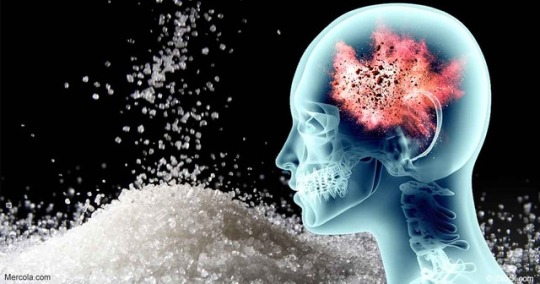
Sugar And Our Brain
Sugar was originally seen as a good thing but over the years studies showed that consuming too much sugar can have a negative effect on your health. Stretch receptors send signals to the brain that the stomach is expanding and you can stop eating. At the same time, a hormone called ghrelin, produced when your stomach empties, starts to decrease. However, when consuming sugar some parts of the brain shut down when we are full. Hence the messages do not get sent and we continue to eat. This has an effect on our health because, different types of sugar impact our body negatively.
0 notes
Photo
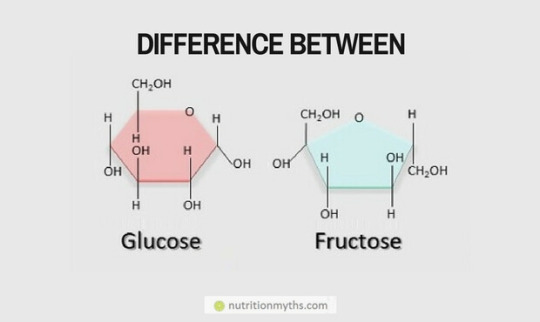
Glucose and Fructose
Over 90% of fructose ingested is absorbed through the small intestine and metabolized in the liver. On the contrary glucose is metabolized by a variety of organs. 50% of fructose is converted to glucose within the liver. An additional 15%–20% is converted to glycogen, 20%–25% to lactate, and a few percent to carbon dioxide. Only 1%–5% of consumed fructose may go down the de novo lipogenesis path, and be converted into free fatty acids which are then packaged as triglycerides and either stored in the liver or released in the bloodstream. Since glucose stays in the bloodstream, instead of going to our fat, it can go into your cancer tumor and make it grow. Fructose goes straight to the liver when entering the body. Fructose is used by cancer cells to multiply. It basically feeds on the cancer cells, promoting cell division and speeding their growth, which allows the cancer to spread faster.
0 notes
Photo
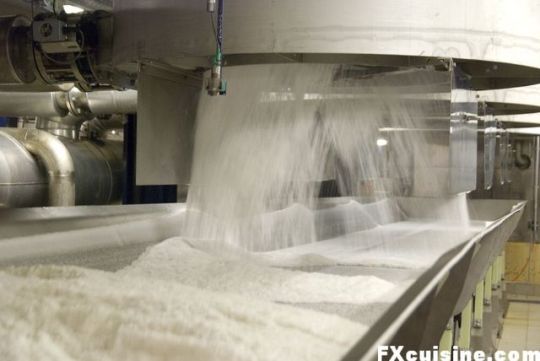
Sugar Manufacturers
The use of added sugar in manufacturers can cause a risk factor since they do not include the amount of sugar they have added in. They are also removing the natural sugars in products which gets rid of the essential nutrients our body needs. This can lead to nutritional deficiencies since we aren’t getting any benefits from the natural sugars in fruits.
0 notes
Photo
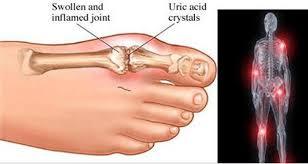
High uric acid levels
Risk factor for heart disease and kidney disease.
Consuming too much of high-fructose corn syrup can contribute to gaining calories that are linked to health problems, such as: weight gain, type 2 diabetes, metabolic syndrome and high triglyceride levels. All of these factors can contribute to the risk of heart diseases.
0 notes
Photo
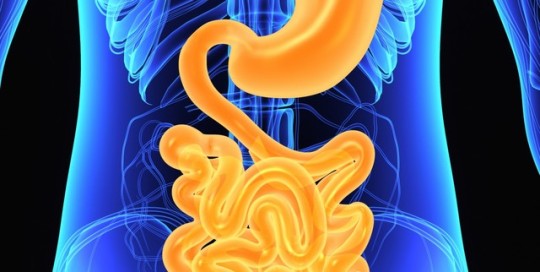
Metabolic Dysfunction
Includes obesity, high cholesterol levels, and high blood pressure.
Reactive hypoglycemia, also known as the sugar crash, happens about four hours after eating high sugary foods. What happens is your body releases an excessive amount of insulin and adrenaline. This causes low blood sugar levels. It also activates the fight or flight response that causes anxiety and irritable feelings.
0 notes
Photo
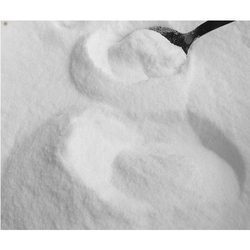
Glucose Powder
Not commonly found in homes.
It is a white crystalline powder.
Has a glycemic index maximum of 100, (very high).
Glucose is absorbed very quickly into the bloodstream. This causes a fight or flight response from the insulin released.
0 notes
Quote
If only a small fraction of what is already known about the effects of sugar were to be revealed in relation to any other material used as a food addictive, that material would promptly be banned.
John Yudkin
0 notes
Quote
Satisfying our palates is no longer a guarantee that we are satisfying our nutritional needs.
John Yudkin, Pure, White, and Deadly: How Sugar Is Killing Us and What We Can Do to Stop It
0 notes
Quote
Once upon a time, sugar was a condiment that you used for coffee and tea. Now it’s a diet staple. We need to go back to a previous way of thinking. Bring back the concept of ‘one lump or two?’ and that will help keep our consumption under the disease-causing threshold,
Dr. Robert Lustig
0 notes
Photo

Raw Sugar
Has a slightly darker color compared to white sugar. This comes from the molasses that is left on sugar crystals.
Raw sugar has a richer flavor due to the presence of molasses.
1 note
·
View note
Photo

Brown Sugar
Includes: light and dark brown sugars, demerara sugar, turbinado sugar, muscovado sugar, and granulated brown sugar.
Brown sugar is essentially blends of white sugar with different amounts of molasses added.
Molasses is raw sugar obtained from the refining process.
3 notes
·
View notes
Photo

White Sugar
Includes: white granulated sugar, powdered sugar, fruit sugar, baker's special sugar, superfine sugar, coarse sugar, and sanding sugar.
99.9% sucrose
Made up of naturally occurring sugar from the sugar cane.
3 notes
·
View notes